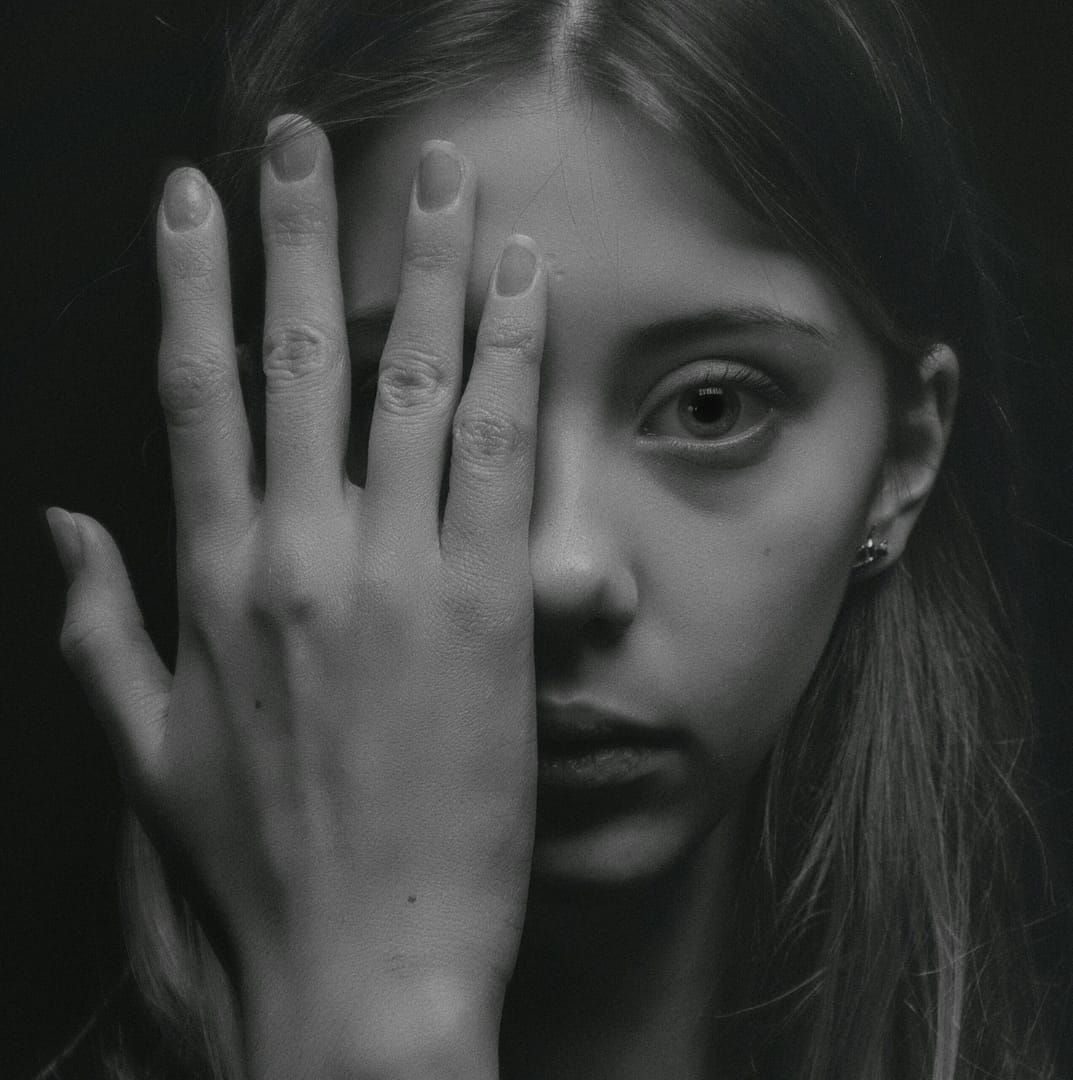Play with the Blackness in Your Closed Eyes
Being a little silly here. I remember as a child wondering what happens to our eyeballs when we close them. Somewhere along the way I had heard – probably from a teasing uncle or something – that our eyeballs roll back 180 degrees and face our brains. The things kids will believe and dwell upon!
It is interesting to wonder what exactly we’re seeing, though, when we close our eyes. The blackness we see is unique from the darkness we see when we simply cover our eyes with our hands. Have you ever wondered about this?
The Blackness of Closed Eyes
When you close your eyes, several factors influence the perception of darkness. Do you ever wonder what’s going on behind your eyelids? Instead of pitch-black darkness, you might notice a dim, murky blackness, maybe even some swirling patterns or tiny sparkles of light. Eyelids are relatively thin and somewhat translucent. Even when they’re closed, a small amount of ambient light can still penetrate through. This light, though dim, prevents total darkness, creating a more muted and less absolute blackness.
Your retina, the light-sensitive layer at the back of your eye, doesn’t just shut down because your eyes are closed. Photoreceptors are still buzzing with activity. Sometimes they even create their own little light show, known as phosphenes – those tiny specks or swirling patterns you might see when you close your eyes tightly. Your brain, always busy, continues to process these faint signals from the retina. So, the darkness you perceive with closed eyes is a mix of residual light and your brain’s interpretation of it, resulting in a softer, more textured darkness.
The Darkness Under a Hand-Covered Eye
Now, let’s switch it up. When you cover your eyes with your hands, the experience of darkness changes. Hands, unlike eyelids, are much more effective at blocking light. It’s like flipping off the light switch completely. This darkness feels deeper, more complete, and somehow, more absolute. With less light penetrating through, cells in the retina receive minimal stimulation. Those photoreceptors take a break, leading to less activity and fewer spontaneous light shows. The result? A uniform, rich blackness that feels more absolute.
Press your hands a bit more firmly and you might experience a different kind of light show – pressure phosphenes. These are caused by the mechanical stimulation of the retina or optic nerve and can produce flashes or patterns of light. But even with these, the darkness under your hands feels distinct from the closed-eye kind.
Just For Fun
Both experiences highlight the amazing ways our eyes and brain work together to create our perception of darkness. So next time you’re lying in bed or taking a break with your eyes closed, take a moment to appreciate the subtle differences in the darkness you see. It’s a small, fun reminder of the wonders of our eyes and the playful mysteries of our perception.


